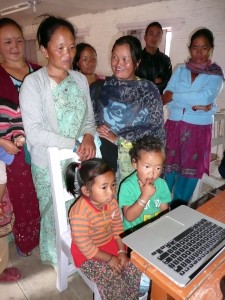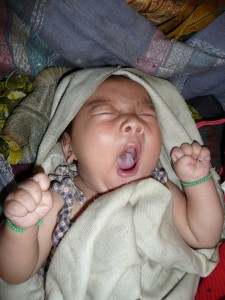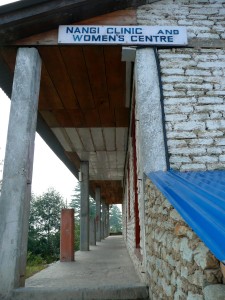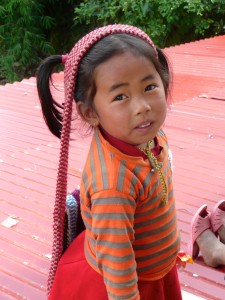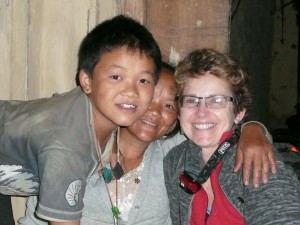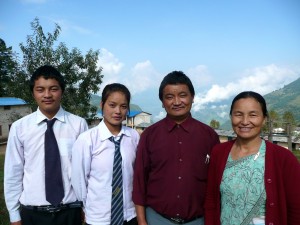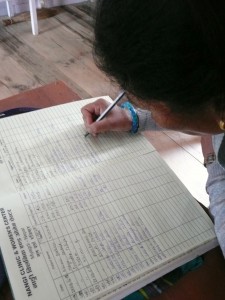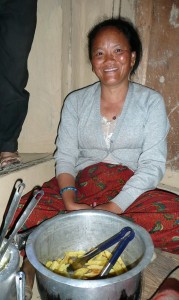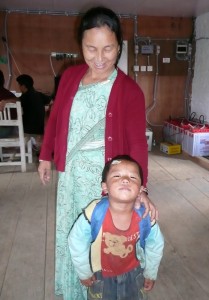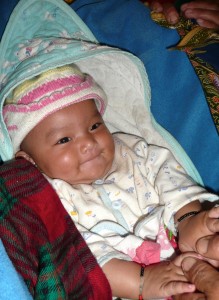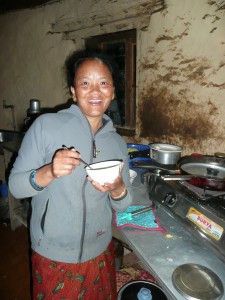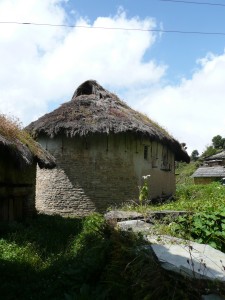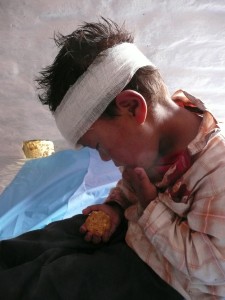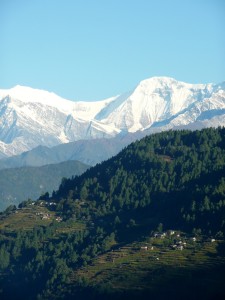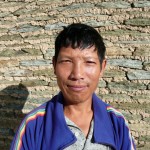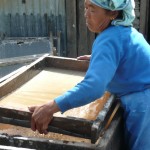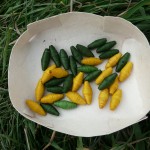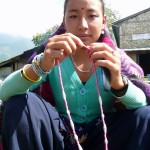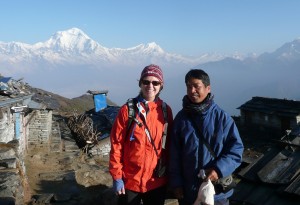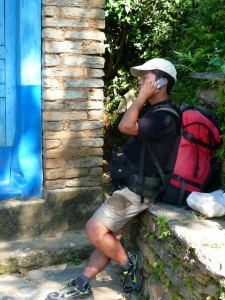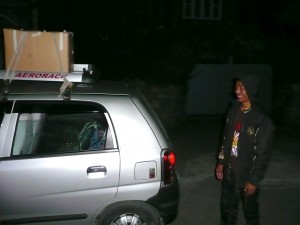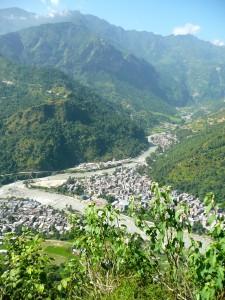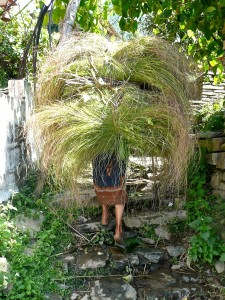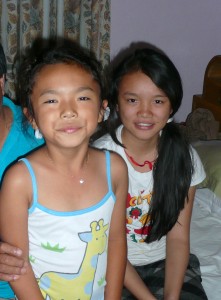There are upsides to having foreign medical providers volunteer at the clinic. It is an opportunity for continuing medical education not only for Lila and Rupa, but also Chitra the dental hygienist, the teachers, mothers group and community. Providers from other countries gain insight into the challenges of medical care in developing countries. Some commit to provide financial support and return on a regular basis to teach. A great example is a specialist in epilepsy came this past spring to lecture about epilepsy. People with epilepsy are marginalized in Nepal. She showed a Nepali made film debunking the myths surrounding seizures and had a tremendous response from the villagers. She continues to work with the Nepali Epilepsy Association and will return next year to continue her educational lectures.
There are negative impacts that are unintentional but can’t be ignored. Most of us can’t leave our practices for longer than a few weeks. For the majority of doctors in solo or group practices the burden of covering clinic hours, hospital admissions and night call falls to already fatigued colleagues. I was fortunate that my emergency medicine colleagues stepped up and covered my shifts for six weeks when I first went to Nepal, but that was all the time I could take. Factor in travel time, which ate up one week, and that’s a mere five weeks of coverage for the clinic.
Even well meaning volunteers lose interest or move onto other projects they consider more important, needy or of personal interest. It’s important to develop “stick-to-it-ness”. If you are thinking of volunteering no matter your occupation or experience, do the research. Know the organization before committing and ask yourself; “Why do I want to volunteer” and “What do I have to offer?” It’s not enough to want to do good…everyone wants to do good…stick that in your back pocket…what you need are skills and experience to be of value.
The language and cultural barriers lead to misunderstandings even when using local interpreters. During my first visit I couldn’t understand why villagers showed up at the volunteer house in the evenings for treatment when we had the clinic open for ten hours daily, six days a week. I was exhausted by nightfall and became annoyed, not wanting to treat minor ailments…until I finally understood these people had been working in their fields and could only come in the evenings.
Combine all these reasons and it adds up to sporadic, unreliable and inexperienced clinic staffing if you depend on outsiders. It also undermines the confidence in the local health-care workers (HCW) when we come as the experts and fosters delayed care when villagers wait for the “foreign” doctor to arrive instead of seeking care for serious problems from the local HCW. But most importantly it implies western medicine gets it right with respect to healthcare…and we don’t.
Can you think of other reasons it’s good or bad to have foreign health providers come to Nangi or any under-served country? Click on the comment tab and share your thoughts, as Jonni did last week. I’ll continue this topic next week with Mahabir’s version. Thank you to everyone for supporting my book blog this year…I cherish your comments and interest…wishing you all a wonderful holiday season.

